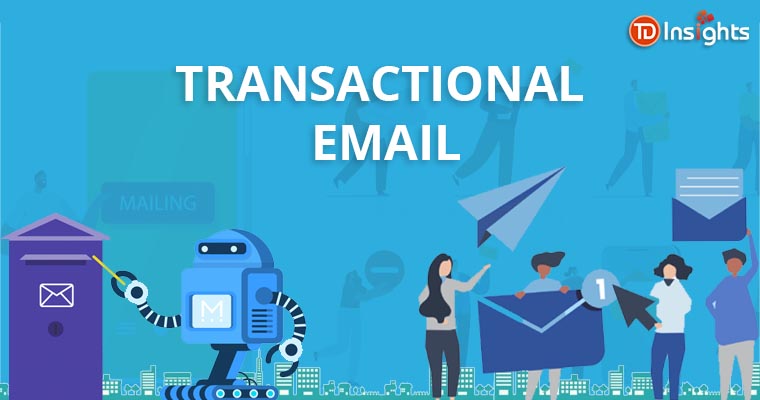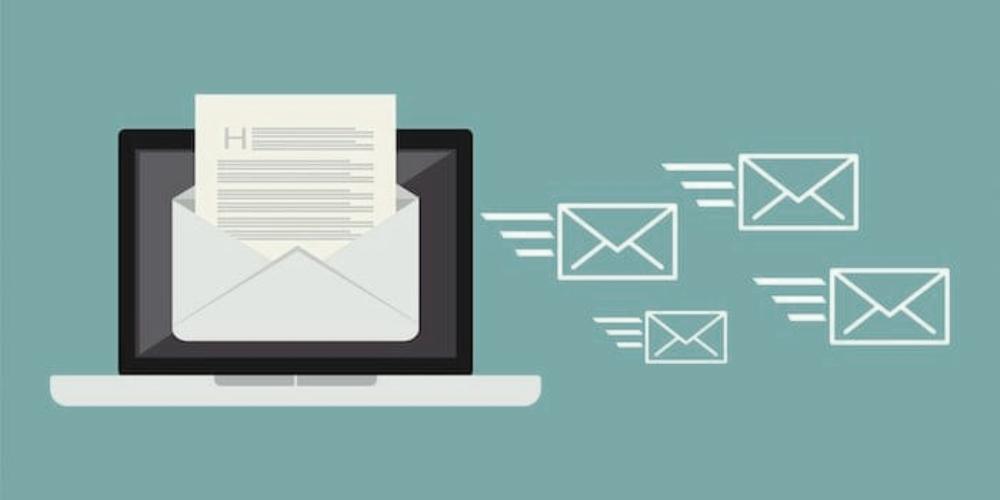Do you use email very often to communicate with your customer?
Then you must be aware of transactional emails: the emails sent to the recipients after a specific transaction. It could be the notifications, account creation, purchase receipts and many more. It keeps the customers informed of every transaction and also, through this, the brand can have a set of records to refer to in the future. These emails are considered as one of the top engagement emails.
Find these crucial facts:
- Transactional emails have open rates that are almost 8x higher than any of the emails.
- These emails can generate up to 6x more revenue.
Who wouldn’t like to open transactional emails? It includes crucial information such as whether the step taken by the customer is successful or not.
For example, you would like to see how much money was debited or credited to the account, the same way a customer would like to know whether their action is executed properly to give desired results.
Now that you know that transactional emails have a crucial place in an organization’s marketing strategy, you would like to integrate them into your approach if still not done so.
How would you do it?
Read on…
There are different types of transactional emails. Brands execute all these types as per the requirement and the customers’ actions. Find some of them here:
Table of Contents
Email Registration
While some might confuse it with a welcome email, but these are transactional emails.

Just as you can see in this example, the brand sent the transactional email to the recipient immediately after he signs for the newsletter. This conveys the message that the customer is a part of their big family, and would receive the newsletter at regular intervals. They even mentioned signing into a 30-day free trial and bookmark for easy access.
All these are recorded in the transactional email records, so that you get the idea what all transactions were executed by the customer for better tracking.
Password reset emails
Customers want to change password; it could be for security reasons, or they forgot it. After changing the password, they should get the confirmation, that it was executed rightly.

As you can see in this email, the brand reaches out to the customer with the message, “You told us you forgot your password.” When you connect with your customers with these messages, they feel you are there to help out if anything goes wrong.
These emails are a part of transactional emails, as customers execute important activity such as changing the password, thus lead to a transaction.
Confirmation emails after delivery
What do you think about the confirmation emails after the delivery?
Well, these emails are necessary so that it is confirmed that the order is delivered to the right address. If you have never tried this practice, then you should know that this is absolutely necessary for a healthy relationship with the customer.

Here in this example, the brand has designed one of the best delivery emails to keep the customers informed. After that, it goes on to different information that subtly promotes the brand and keeps the customers hooked to their service.
In the end, the marketer has mentioned the most important message that is said as word of mouth publicity, “Tell your friends.”
It’s obvious if the product or service is good, customers will talk about it to their friends, co-workers and families. And here, the brand went one step ahead by reminding the customer that they should talk about it to their friends.
Reactivation emails
The reactivation email or the reminder email brings back the customers who have vanished from the scene. Yes, these customers are the ones that once checked the services of the brand but then suddenly went completely silent. It’s just like waking them up and bring them back to the purchasing scene.

This is an example of a reactivation email, where the brand conveys the message that its long time that the customer has used their service. It revives the spark, thus helping in brand relationships. You never know which customer would become your lifetime customer, so it’s better to have good relationships with all of them.
The reactivation emails complete the first step to bring back the customer and takes them on the fulfilling journey of becoming a loyal customer.
Subscription renewal email
The customers signed up for your service as they felt that your service would meet their requirements. But during renewal time, many customers back out; there could be many reasons for this action. They are possibly not interested in your specific service or found out your competitor’s service better than yours.
Here, as a marketer, you need to develop a well-composed subscription renewal email that makes the right connection with the audience and motivates them to continue with your service. You should vigorously state why they should opt for your service.

In this example, you can see the brand did its best to motivate the customer to stay back. They even were ready to answer for the upgradation service.
So, which all businesses send transactional emails?
Almost all businesses send transactional emails. Whether it is a B2B organization, SaaS companies, or others, they shoot out transactional emails to the customers instantly. This significantly helps the customers. They immediately come to know whether their action has been executed properly and is on the right path to give the required results.
Now, while some might consider transactional emails are behavioral emails, while it’s true to a specific extent, transactional emails only inform about the transactions triggered by the customers’ behavior.
A rightly needed practice!!!!
Conclusion:
As a marketer, you should develop the right transactional email for every action of the customer. This way, you could send the right email at the right time, which would also be useful for the customer.





